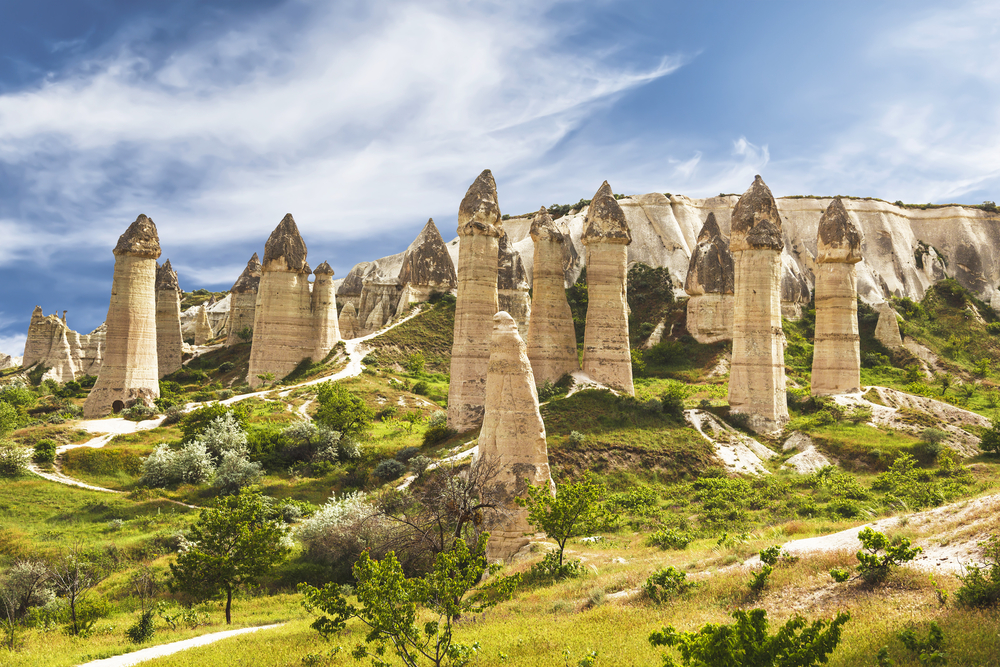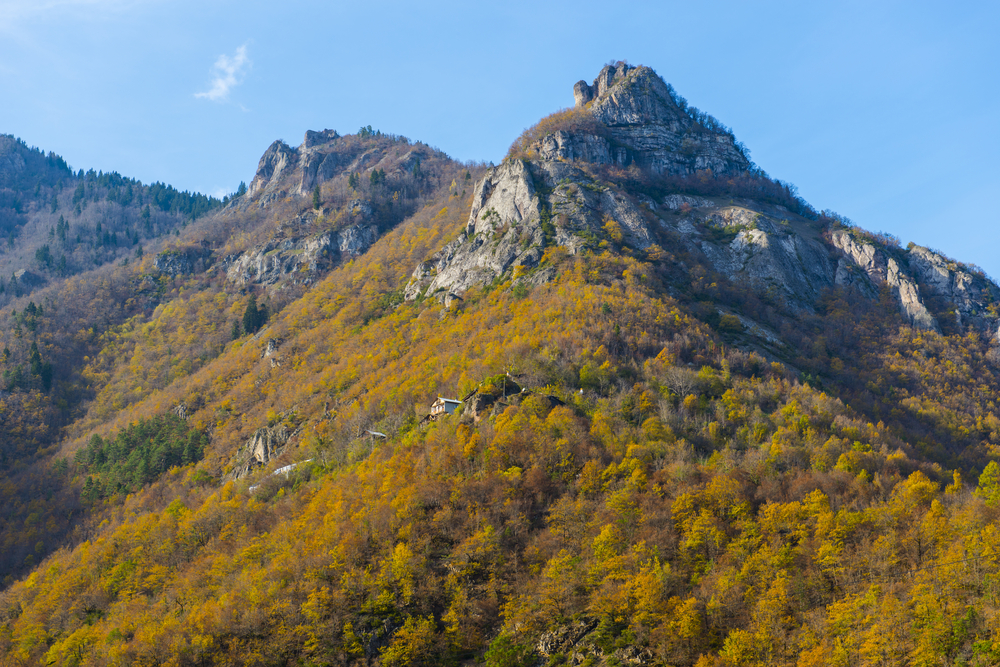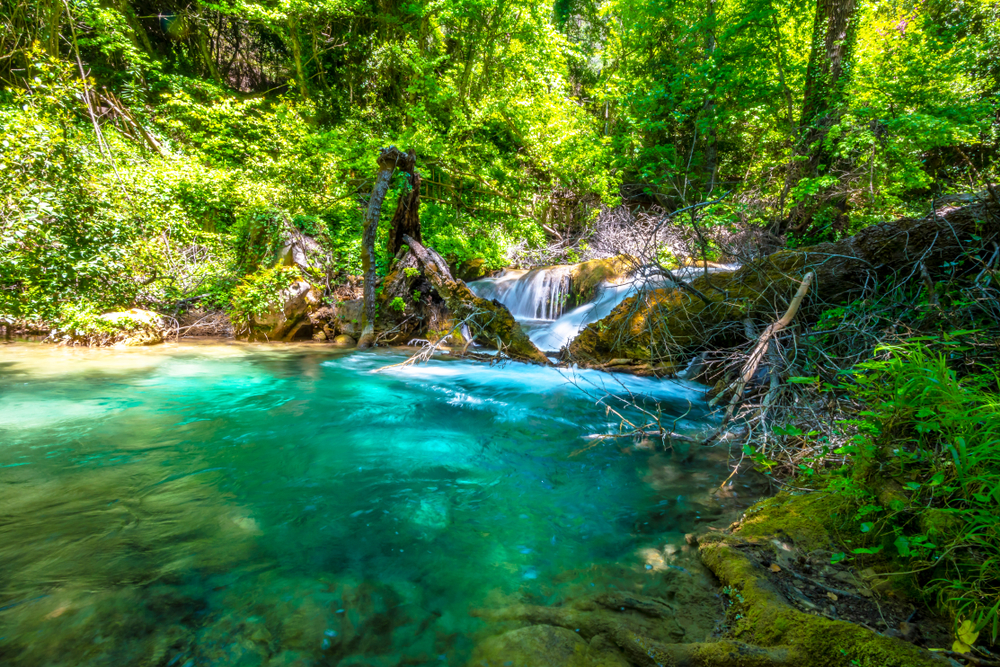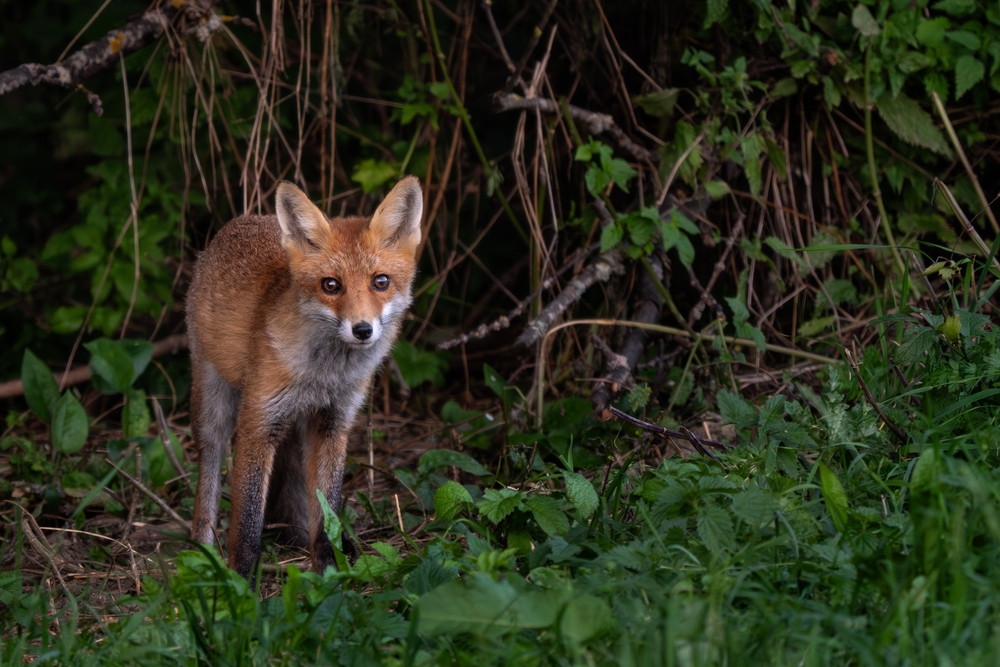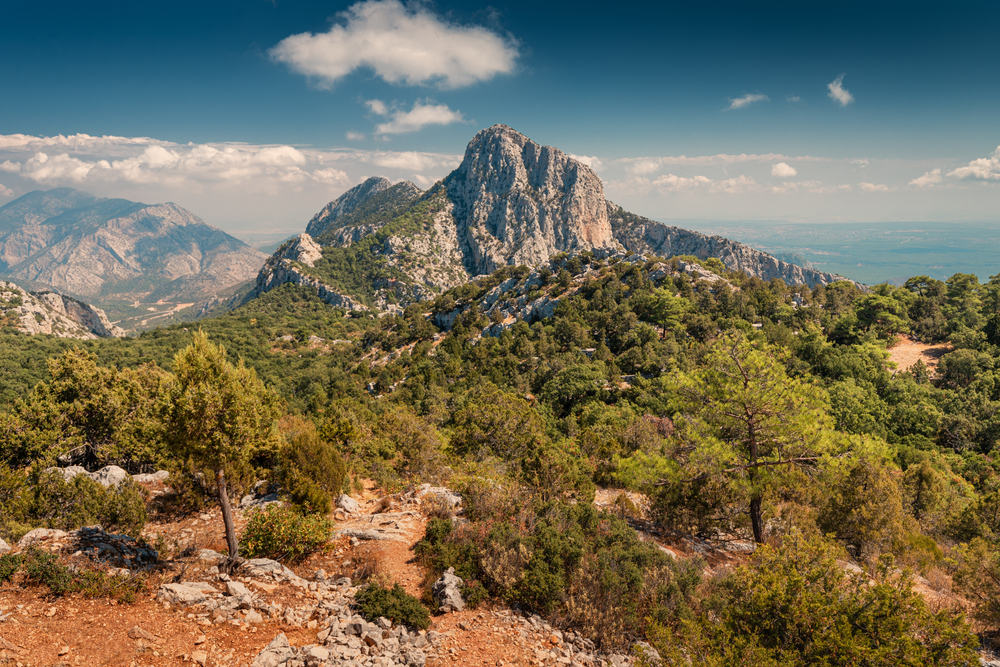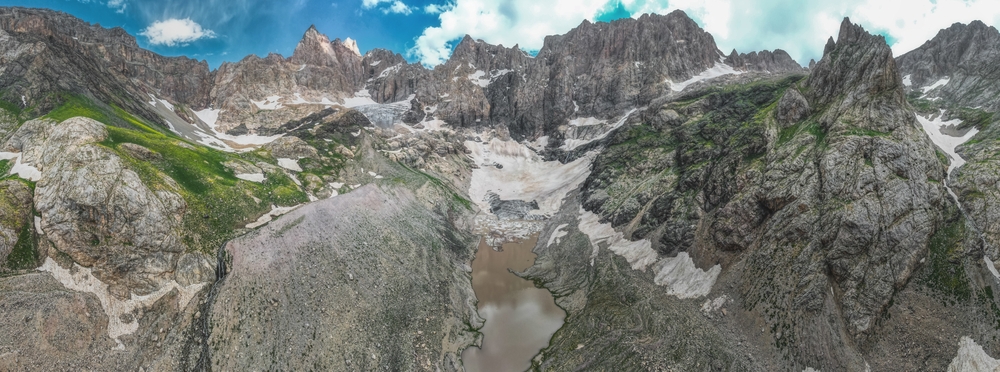Munzur Valley Overview
Munzur Valley National Park, known locally as Munzur Vadisi Milli Parkı, is located in eastern Turkey within Tunceli Province. It is the largest national park in the country, covering approximately 680 square miles (1,765 square kilometers), and stretches along the Munzur River and the rugged Munzur Mountain range.
The park’s terrain is a dramatic combination of towering limestone peaks, deep canyons, steep forested slopes, alpine meadows, and glacial lakes. The Munzur Mountains, part of the Eastern Taurus range, create a striking backdrop with peaks exceeding 10,000 feet (over 3,000 meters), and the Munzur River cuts a winding path through the valley, feeding waterfalls, springs, and lush riparian zones.
Vegetation varies significantly with elevation and exposure, ranging from oak and juniper forests in the lower altitudes to alpine grasses and endemic flowers in the highlands.
This ecological diversity makes Munzur Valley one of the richest areas for biodiversity in Turkey. The park is home to several large mammals, including brown bears, wild goats, lynxes, wolves, and wild boars. The mountains also provide sanctuary for smaller mammals such as badgers, foxes, and squirrels.
Bird species are abundant, with golden eagles, lammergeiers, chukars, and various types of woodpeckers and songbirds populating the forests and cliffs. The river system supports fish such as the endemic Munzur trout, and the wetlands are essential habitats for amphibians and invertebrates. The variety of flora is equally impressive, with over 1,500 plant species identified, many of them endemic to the region and thriving in the valley’s isolated niches.
Popular natural features within the park include the Munzur Springs (Munzur Gözeleri), a sacred site where cold, crystal-clear waters emerge directly from the mountainside, creating a serene setting with cultural and spiritual significance.
The valley itself, with its dramatic cliffs and fertile riverbanks, is a destination for both nature lovers and those seeking solitude. Numerous waterfalls, such as Halbori and Laçin, add to the scenic beauty, while the glacial lakes in the higher regions provide peaceful spots for exploration.
Visitors can experience the park through activities such as hiking, wildlife observation, photography, and cultural visits to the surrounding villages that still preserve traditional ways of life. There are several marked trails, though many areas remain remote and are better suited for experienced trekkers.
The park’s rivers offer opportunities for fishing, particularly for the endemic trout, though regulated to protect the species. Guided nature walks and eco-tours have become more common in recent years, providing educational experiences about the park’s unique ecology and geology.
Conservation in Munzur Valley National Park is both essential and complex. Its remote location has helped preserve much of its natural character, but pressures from dam construction, mining interests, and illegal hunting pose significant threats.
Advocacy by environmental groups and local communities has played a vital role in raising awareness and pushing back against destructive development. Protected status has brought improvements in habitat monitoring and regulation enforcement.
However, continued investment in sustainable tourism and environmental education is needed to ensure the park remains a thriving sanctuary for future generations.











































































